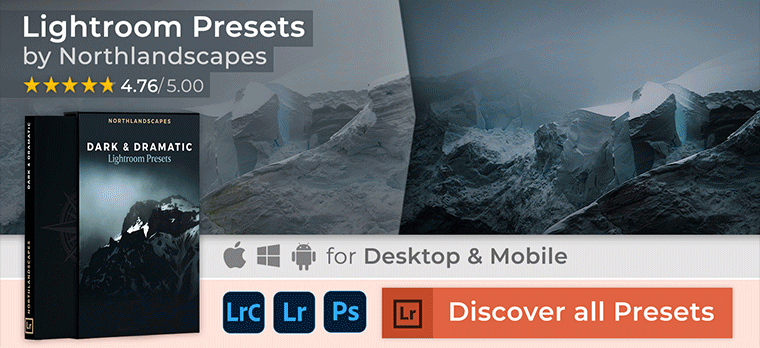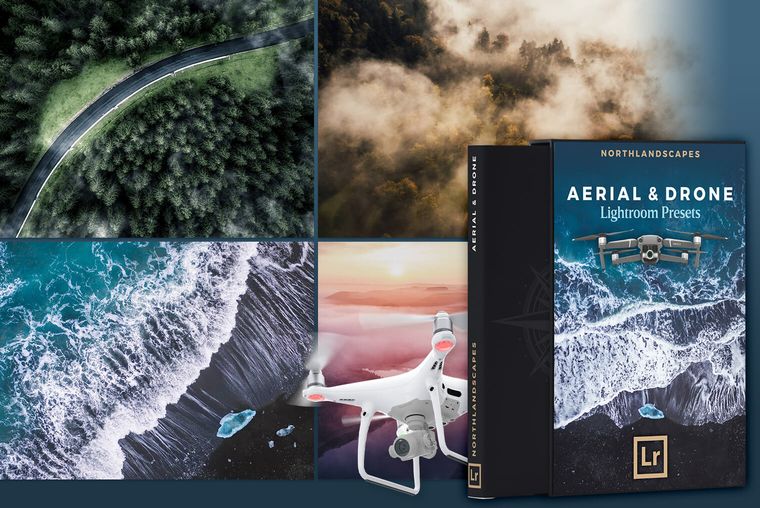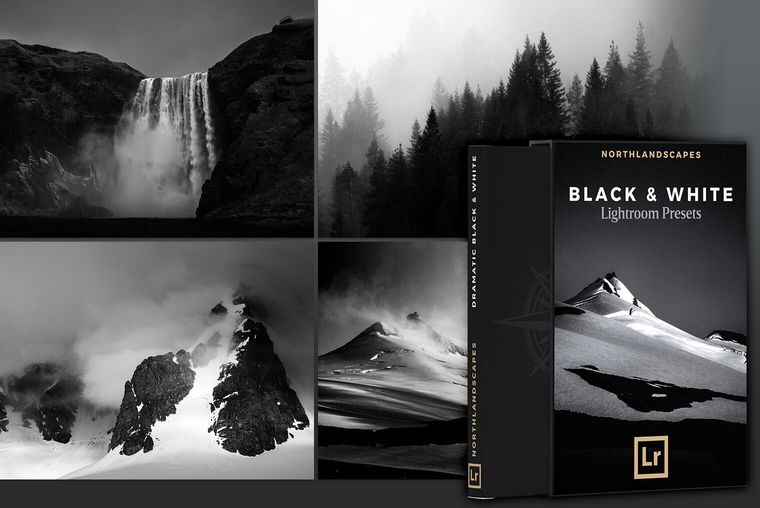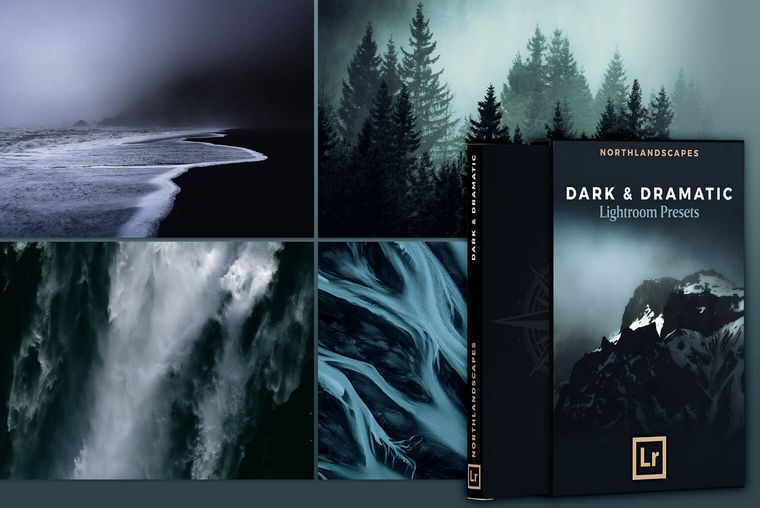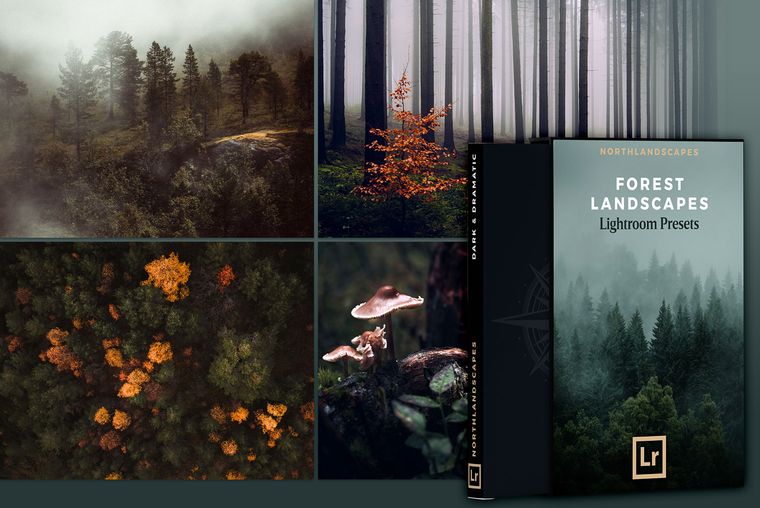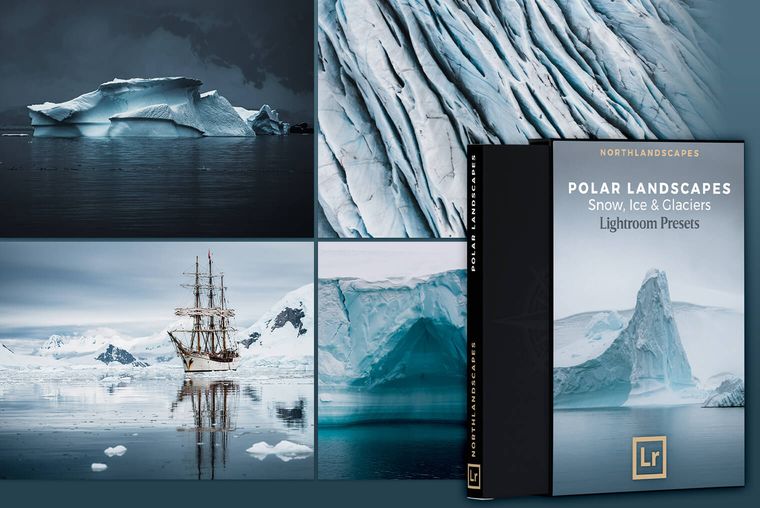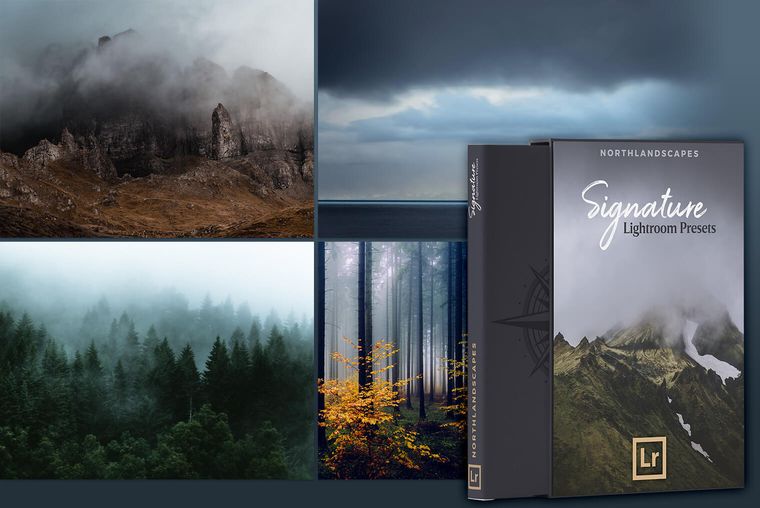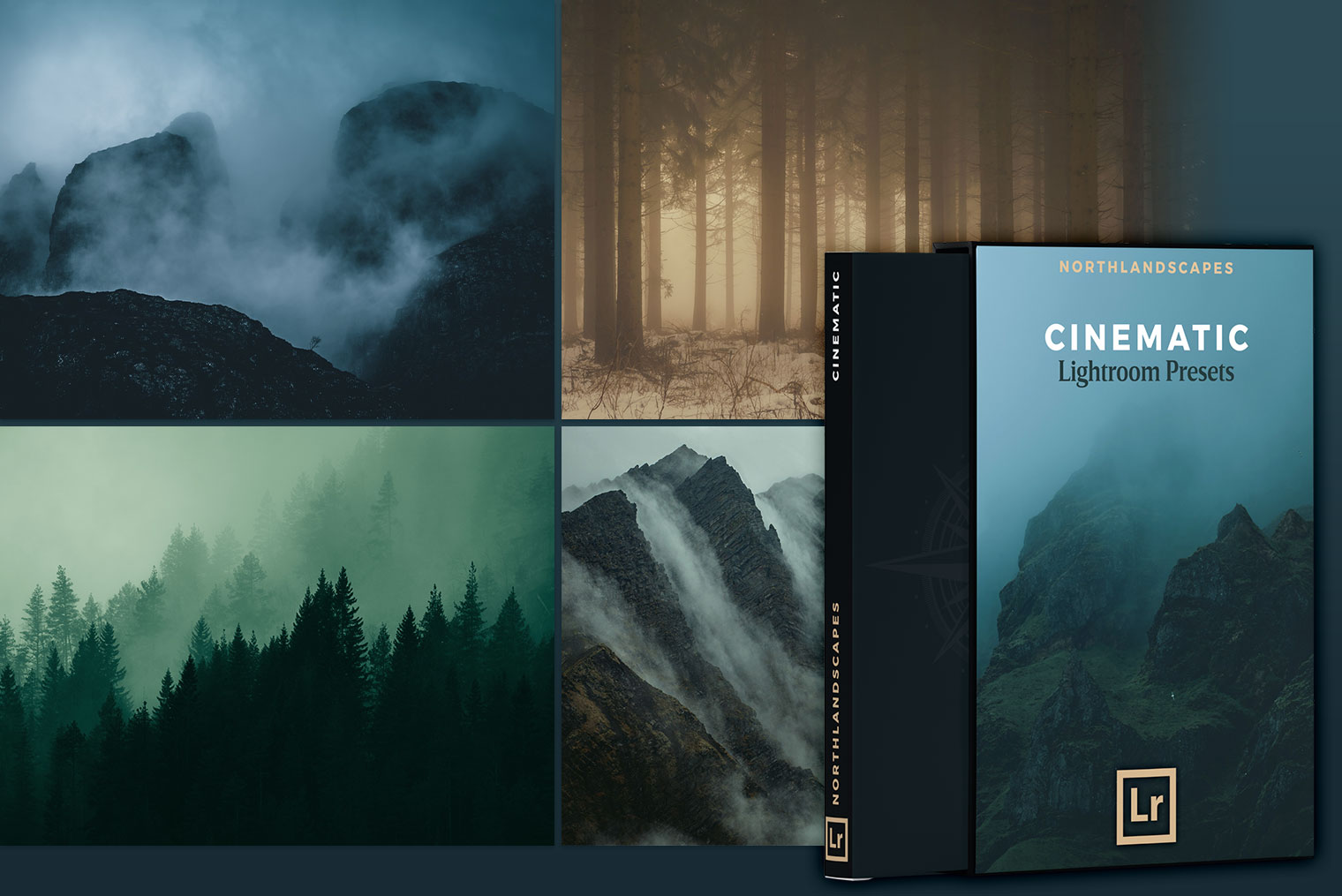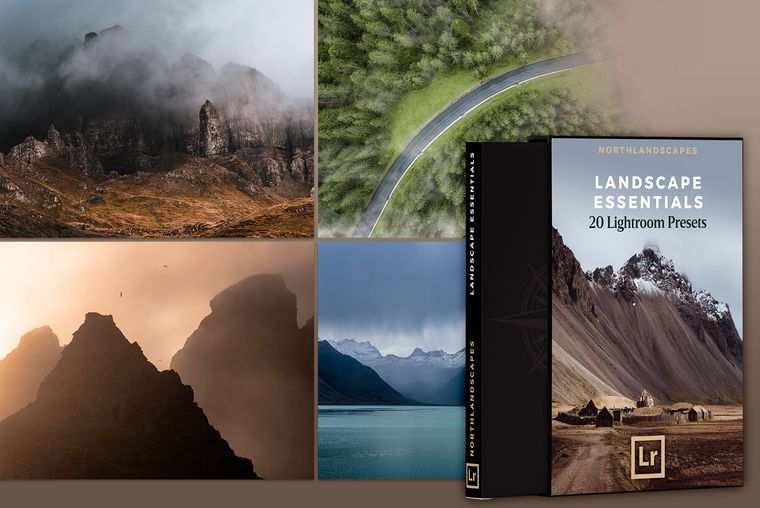
Shooting in RAW - A Basic Introduction and the Advantages
One of the biggest advantage of being able to shoot in digital is the ability to shoot in RAW. This guide discusses the advantages of this lossless format for your digital photography.
1. Introduction
RAW is a lossless format that retains all of the image information that your camera captures.
These information is available to you for editing the way you feel free. Normally, when you shoot with a digital camera, when shooting in any other mode but RAW, the camera processes the information within, using proprietary RAW to JPEG conversion software. You would say that this approach is a lot more convenient, isn’t it? I am sure it is, for some types of photography. But when you want to have more control over the final image, shooting in RAW is the better option. With film photography you do not have anywhere near the same amount of freedom. Let me elaborate.
2. Cameras shoot in RAW
Whether you want it or not, all cameras shoot in RAW. It is what they do afterwards with that information is what matters. This of course depends on the shooting mode. If you are shooting in one of the JPEG modes your images are processed internally and then a finally processed image is saved on to the memory card. If you shoot in RAW, minimal to no processing, depending on the camera you are using, is applied. All of the image information is retained. You get the exact same information that the sensor saw. It evidently promises that you get the best possible image quality.
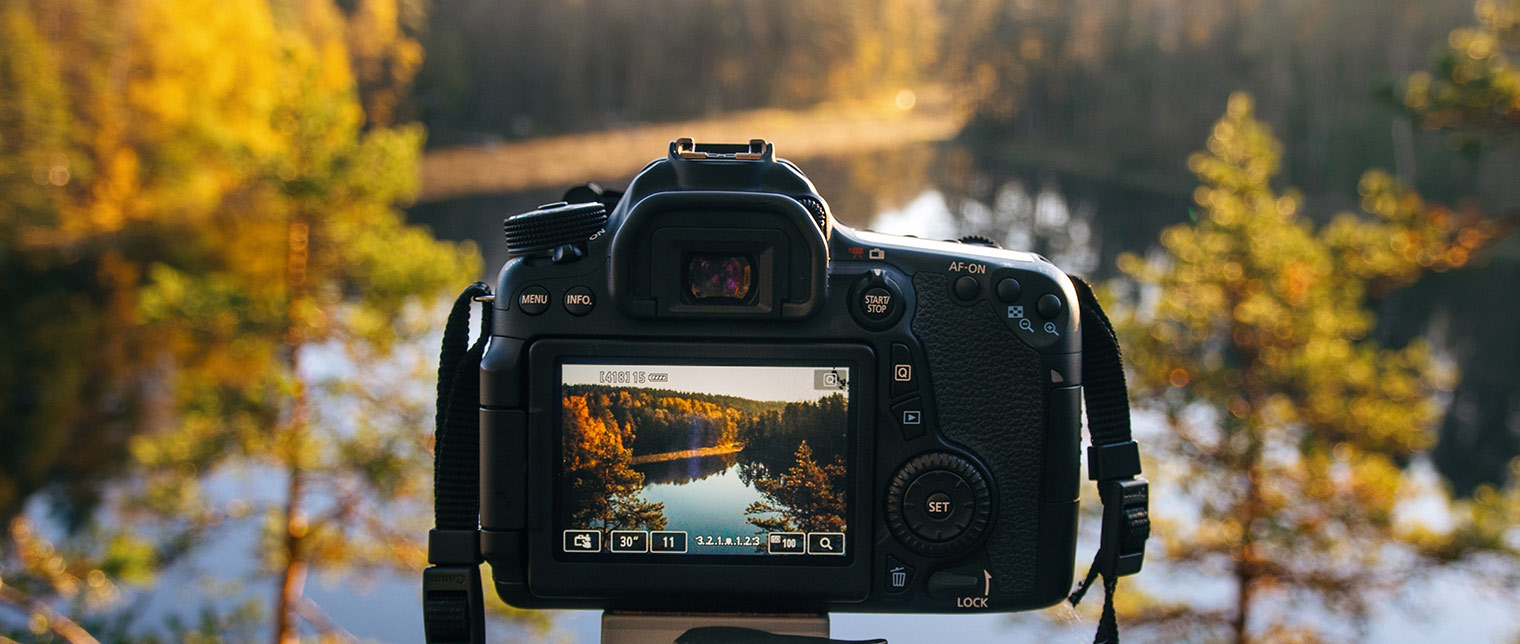
3. Dynamic Range
A RAW image has a larger dynamic range than compared to a processed JPEG image. Dynamic range denotes levels of brightness. You may have come across the term HDR. It stands for High Dynamic Range and is an offshoot of the term Dynamic Range. Dynamic Range denotes how many stops of brightness your camera sensor can see. From the brightest white to the darkest black, a human eye can see anywhere between 10 – 14 stops of brightness. Back in the older days, digital cameras did not have the same dynamic range. But modern interchangeable lens cameras come with a far greater dynamic range, almost matching that of the human eye.
A JPEG image has much fewer range of brightness. To quantify, a JPEG image records only 256 levels of brightness. An unprocessed RAW image on the other hand can record up to 16384 levels of brightness. The greater range of brightness comes in handy when shooting an image which has a high degree of contrast. Cameras with poor dynamic range when shooting in JPEG produces banding. This is easily identified by the 'strips' or 'blocks' of color that appears on images.
There are many uses of this dynamic range. You can meter based on the highlights. This gives your camera a starting point. It measures the whole image based on that highlight reference. Therefore it retains more details in the highlights. Alternatively, when you meter based on the shadows (the darker areas of the image), it retains more of the information in these areas.
4. You Can Do Selective Processing
The biggest advantage of shooting in RAW happens to be the ability to do a selective processing of the images. No two photographers have the same taste and preference when it comes to editing their images. But that is exactly what a digital camera does. Let's say Photographer A and Photographer B are both shooting the exact same composition of the exact same scene. They are also using the exact same camera – say a Nikon DF. Would they also want the same image? Not quite. While Photographer A might be looking to retain a slightly more detail in the highlights, Photographer B might be looking to have more details in the shadows. Further, they might be looking at different white balances, different levels of contrast etc. But if they shoot in JPEG, chances are that the two cameras will produce the exact same image for both of them.
It is only when shooting in RAW will they have the freedom to develop an image the way they want it to look.
5. Adjust sharpness and noise in post
Among the many advantages of using the RAW format is that you can adjust the degree of sharpness and the level of noise in your images. A RAW image is softer and less contrasty compared to a JPEG image. It also likely has less noise compared to a JPEG image. But you have no control over either. Let's say that you have shot an image of a baby. You want the image to have less sharpness and less of noise.
With a RAW image you have the power to drag the Contrast, Sharpness and Noise sliders as much and in whatever direction you need to your personal taste.
6. Using Lightroom Presets
Lightroom presets are a powerful tool for editing your images at a faster pace than the conventional editing workflow where we edit everything manually. Lightroom presets are like a bunch of editing shortcuts that are grouped together under one. When you apply any one of these a range of effects are applied automatically as a global adjustment. These may include monochrome effects, color balance adjustment, sharpness, noise and a range of other changes. Typically, Lightroom presets are available as packs. They have several effects grouped under one preset pack. They save a considerable amount of time when you have a large number of images to process.
If you don’t have an in depth knowledge about image processing and or Lightroom but want to take advantage of the power of RAW, Lightroom presets are a lifesaver for you.

More Articles on Photography & Lightroom
Most popular articles: How to Install Lightroom Presets | What is Split Toning and How to Use it in Lightroom? | Speed Up Adobe Lightroom and Lightroom Classic
Subscribe to my Newsletter ... and don't miss any new articles!

About the Author – Jan Erik Waider
I'm a visual artist and fine art photographer based in Hamburg. My work focuses on atmospheric and abstract landscape photography, capturing the essence of the remote polar regions. – Learn more about me and discover my fine art photo series, prints and books or download my Lightroom Presets or Capture One Styles.
Master Collection: 8 Lightroom Preset Packs for Landscape and Travel Photography
Discover the Master Collection by Northlandscapes with 8 professional preset packs for moody landscape, travel and aerial photography. Get a total of 362 Lightroom presets with a shop value of $282 for only $75! And the best part: All future product releases are also included!
Included in the Master Collection:
- Dark & Dramatic Lightroom Presets $35
- Landscape Essentials: 20 Lightroom Presets ($39)
- Forest Landscapes Lightroom Presets $35
- Aerial & Drone Lightroom Presets $35
- Signature Lightroom Presets $35
- Polar Landscapes Lightroom Presets $35
- Black & White Lightroom Presets $29
- Cinematic Lightroom Presets $15
- ... plus all future product releases!
